Packaging & Recycling
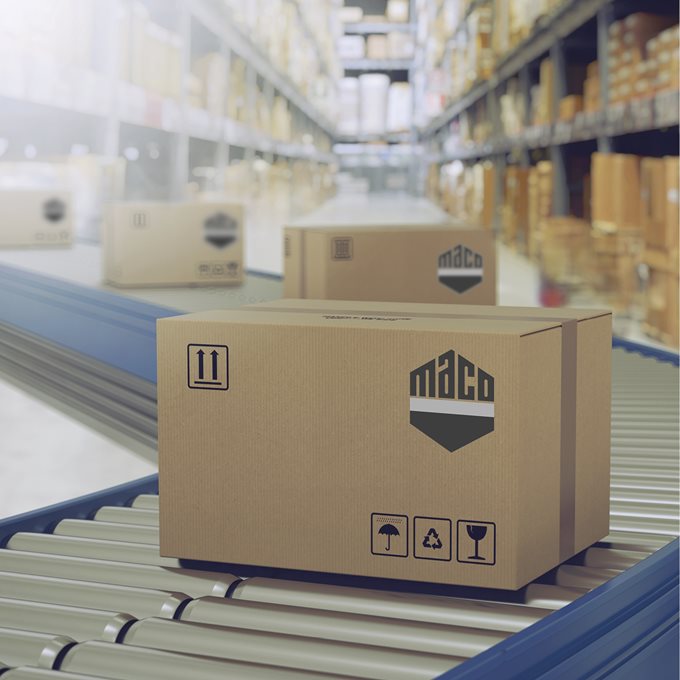
Avoid waste & recycle rejects
Our approach to recycling? Utilising primary raw materials as efficiently as possible and preserving them in the long term. In the first step, we avoid waste wherever possible; in the second, we separate it properly and feed the recyclable materials into the recycling cycle. Packaging plays a key role in this.
Recyclable packaging
As much packaging as necessary, as little as possible. We want to reduce our packaging waste, for example by focussing on reusable packaging. We are also promoting ecologically compatible materials here.
Turning old into new
Raw material recycling is an essential part of modern waste prevention. That is why we work with our recycling partners on innovative recycling solutions and already apply these successfully to the four most important raw materials for MACO - zinc, aluminium, steel and plastic.
Europe-wide recycling concepts

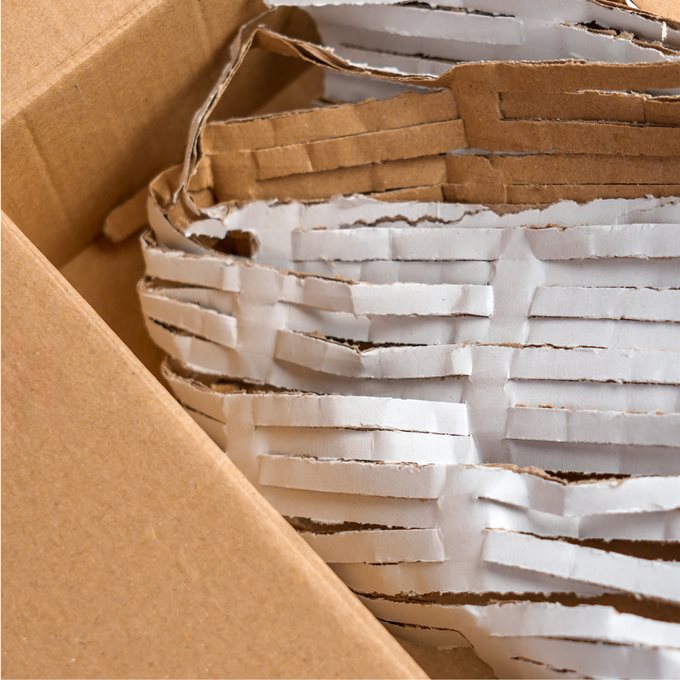
Cardboard as filling material
Austria dispenses with plastic bags
We do not use inflated plastic bags as filling material for small parcel shipments. Instead, we recycle cardboard packaging that has already been used. In the spirit of the circular economy, we first give the cardboard a new purpose before it is recycled.
We have been using cardboard compression machines in a number of plants since mid-2023. The UK has also already embarked on this path and reuses packaging cardboard several times or as filling material.
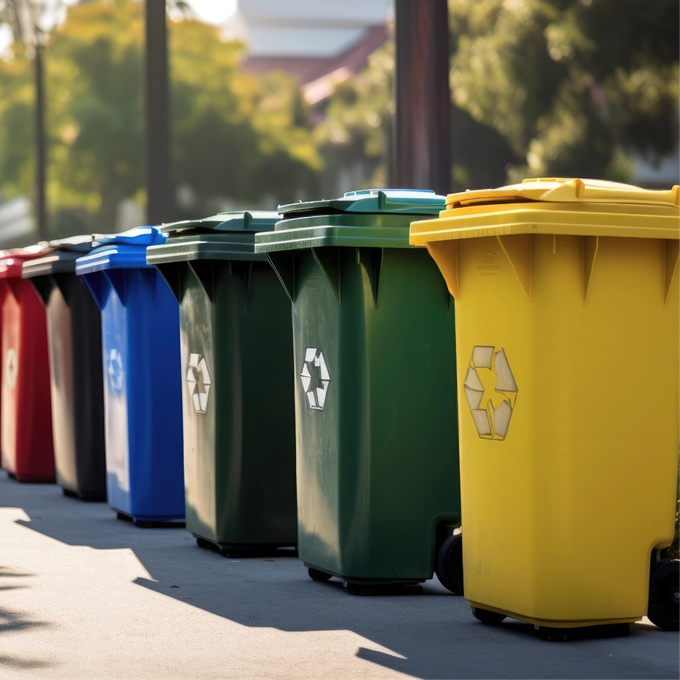
New waste concept
Germany scrutinises its waste
![]() How much and what kind of waste is produced? How do we separate, store and dispose of it properly so that no harmful substances enter the soil or water? As part of the restructuring of the waste storage facilities, the entire waste concept was examined, reorganised and has been in place since 2024: from internal waste transport to the storage and disposal of hazardous waste to the implementation of a waste register to provide an overview of the respective waste volumes. Some waste containers have new collection trays and electric covers to protect them from the weather.
How much and what kind of waste is produced? How do we separate, store and dispose of it properly so that no harmful substances enter the soil or water? As part of the restructuring of the waste storage facilities, the entire waste concept was examined, reorganised and has been in place since 2024: from internal waste transport to the storage and disposal of hazardous waste to the implementation of a waste register to provide an overview of the respective waste volumes. Some waste containers have new collection trays and electric covers to protect them from the weather.
The aim is to avoid environmental impacts through soil emissions and waste water and to recycle as much waste as possible. We also want to reduce the amount of waste, such as e-waste, batteries and fluorescent tubes.
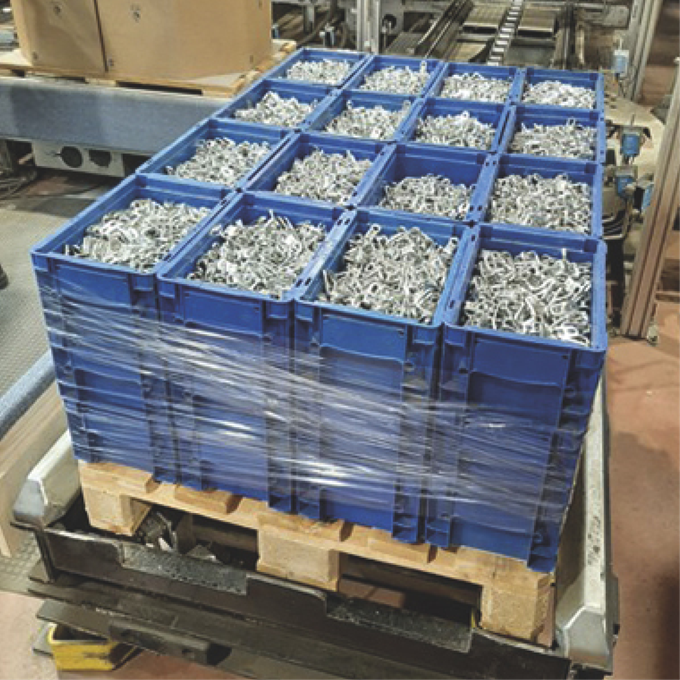
Sustainable packaging & smart recycling
UK gets to grips with it
![]() Our UK branch is a true recycling master: Several tonnes of mixed waste and metals, including hazardous materials, are disposed of or reprocessed every six months. In 2024, 470 electrical appliances, light bulbs, batteries and 100 kg of monitors were also recycled.
Our UK branch is a true recycling master: Several tonnes of mixed waste and metals, including hazardous materials, are disposed of or reprocessed every six months. In 2024, 470 electrical appliances, light bulbs, batteries and 100 kg of monitors were also recycled.
The packaging also focuses on sustainability: 3,000 litres of packaging are recycled every week. The small-volume door lock packaging is now made of 100 per cent recycled cardboard, and the film for pallet transport contains 30 per cent recycled material. Around 1.5 kilometres of this film is used every year.
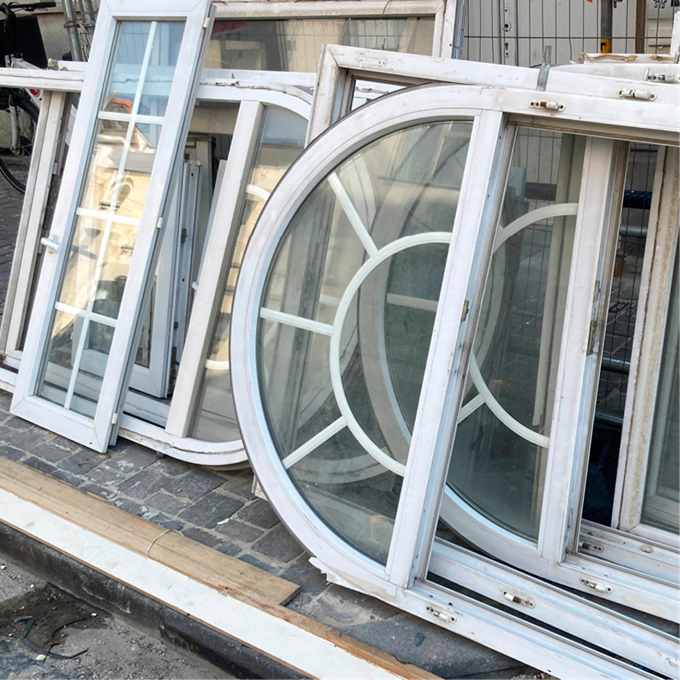
Recycling model
Netherlands works on collective return system
MACO Netherlands is promoting the "Recycling model for the complete window or door element" in the industry association for fittings (VHS). The aim is a collective collection system for products that are then dismantled into individual parts and recycled. The material composition of our fittings is essential here; all questionable materials are successively eliminated.
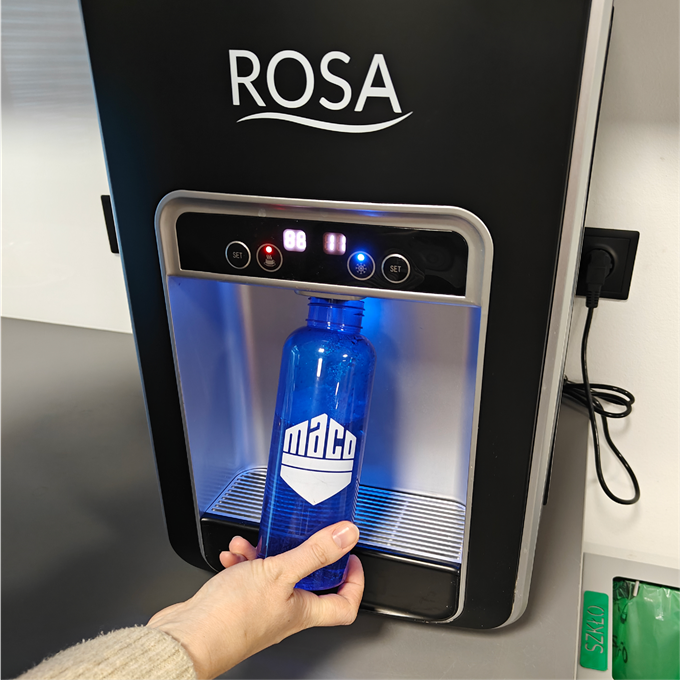
Saving packaging waste
Poland: tap water instead of PET bottles
Water dispensers that turn filtered tap water into hot, cold or sparkling drinks - our Polish site saves on packaging waste, especially PET bottles. Instead of disposable cups, all employees were also given refillable water bottles.
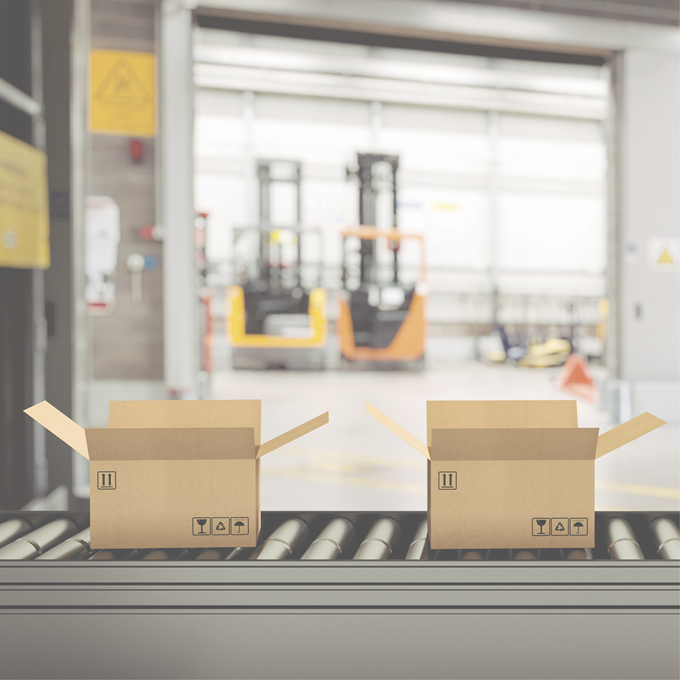
Packaging recycling
Italy relies on environmental labelling for product packaging
In the interests of the circular economy, we indicate on our packaging what material it is made of to enable correct disposal. In this way, we fulfil EU Directive 97/129/EC.
Information on all types of packaging is also available online. Customers can find the information and the online link on every delivery note. A QR code has also been applied to the seal packaging, which provides further information on the correct disposal of packaging.
By setting a good example, we also want to encourage our suppliers to label their packaging accordingly and thus create transparency throughout the entire cycle.
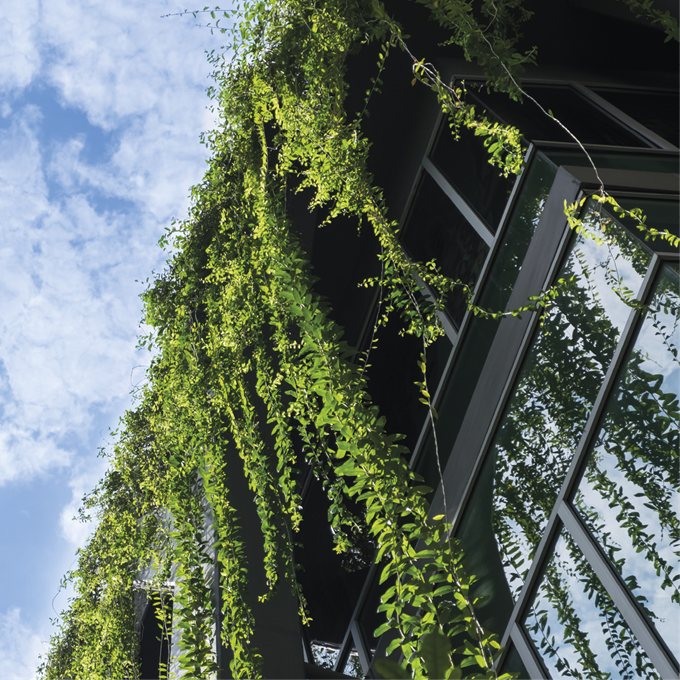
Pioneer in sustainability management
Netherlands leads the way
In the Netherlands, too, the topic of sustainable construction is strongly driven by politics. At the same time, there is a high demand for housing. Traditional construction methods can neither fulfil the high ecological requirements nor meet the demand for housing. Innovative materials, construction methods and ways of thinking are in demand here and are required by politicians, for example through strict CO₂ regulations.
MACO wants to play a leading role in shaping this new way of building and is therefore a member of various committees and industry associations that deal with forward-looking, eco-friendly construction methods (e.g. VHS). In the course of this association work, for example, new, modified types of wood or recycling models are being developed or influence exerted via tender texts for public buildings.
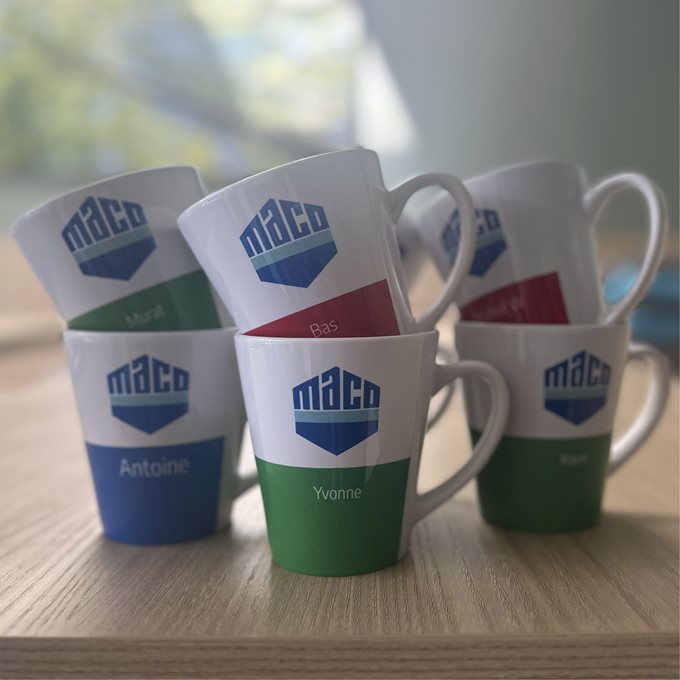
Sustainability in the office
with personalised MACO cup and reusable bottle
![]()
To make our everyday office life more environmentally friendly, at MACO we rely on smart reusable solutions. At our Dutch branch every employee receives a personalised MACO mug for coffee or tea, personalised with their name. Colour-coded guest cups are available for visitors.
We also avoid waste in production and logistics: our colleagues use refillable water bottles, which not only reduce waste but also promote daily hydration - for a healthier workplace.